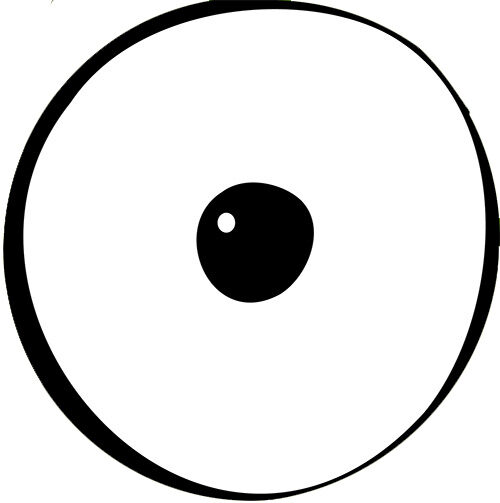The Elements of Art – Unveiling the Building Blocks of Creativity
While we’ve covered fundamental techniques and elements through practice, there’s another crucial aspect to becoming a skilled painter: the ability to observe and create compositions within the picture plane. The picture plane refers to the space where your artwork takes shape, whether it’s on paper or canvas. Within this rectangle, specific rules govern how you arrange the elements of your drawing or painting. Composition involves strategically placing and organizing visual elements to create a harmonious work of art, following the principles of art.
Let’s draw parallels between painting and musical composition. Just as individual musical notes require arrangement to become music, painting also relies on arranging its building blocks. Similar to the notes, tones, keys, and beats per minute in music, the Elements of Art serve as the foundational structure of painting. To understand these elements better, let’s explore them alongside renowned artists who exemplify their significance.
Firstly, we have Line—the visual path that guides the viewer’s eye through the artwork—exemplified by the captivating illustrations of Ralph Steadman. Discover how lines create movement, define shapes, and engage the viewer within the piece.
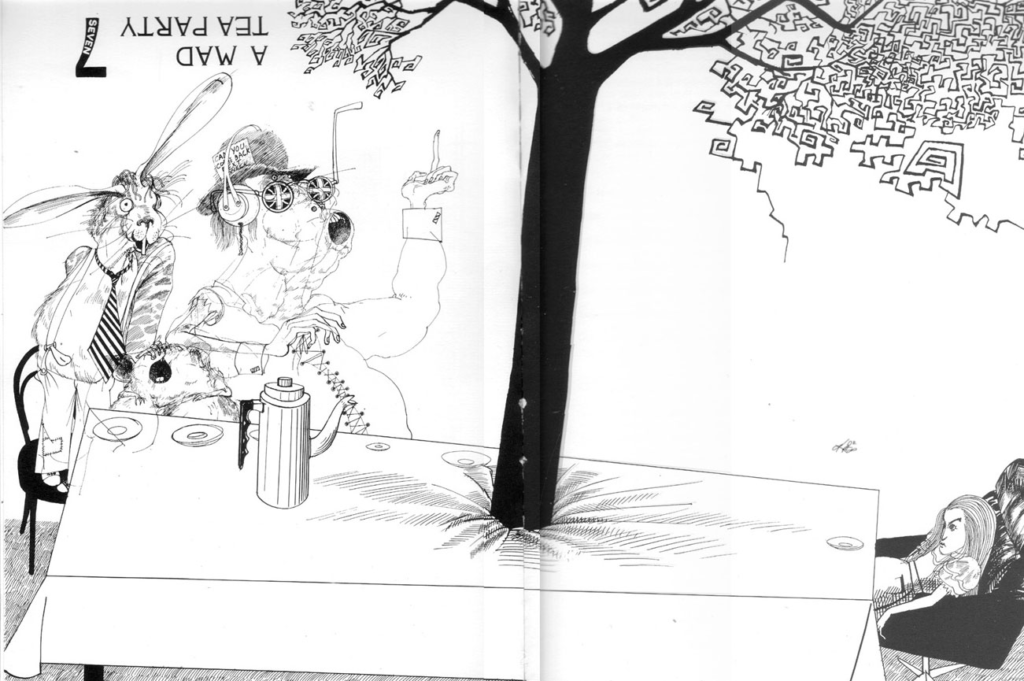
Shape, another vital element of art, brings definition to areas within the artwork, be they geometric or organic. Inspired by the works of Leger, we delve into the significance of shapes in creating visual impact and conveying meaning. Shapes provide structure, balance, and depth to your composition, inviting the viewer to explore the interplay between positive and negative spaces. Discover how shapes interact and contribute to the overall aesthetics of your artwork, as you unleash your creativity and embrace the artistic language of Leger’s masterful use of shapes.
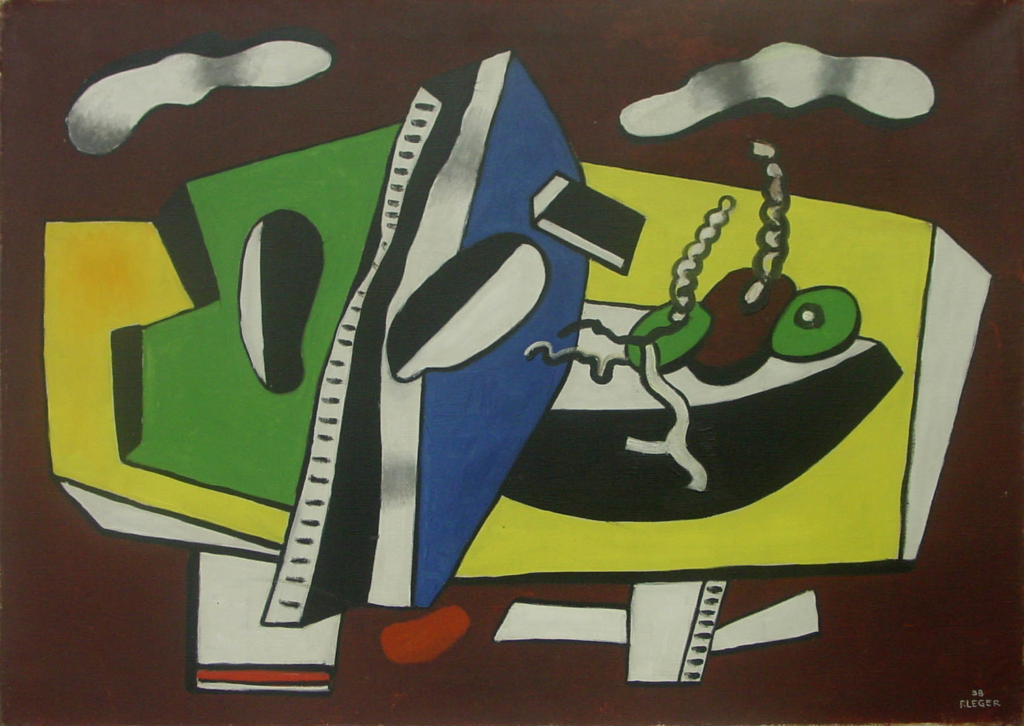
Color, a vibrant element of art, introduces a world of hues, values, and intensities that evoke emotions and breathe life into your creations. Inspired by the works of Josef Albers, we delve into the intricate interplay of colors and their transformative impact on artistic expression. Discover the power of color theory, explore the harmony and contrast of complementary shades, and learn how to manipulate values and intensities to evoke different moods and atmospheres in your artwork. Let Albers’ mastery guide you in unlocking the full potential of color, as you embark on a journey where each brushstroke adds depth and richness to your composition, creating a visual symphony that captivates the viewer’s senses.
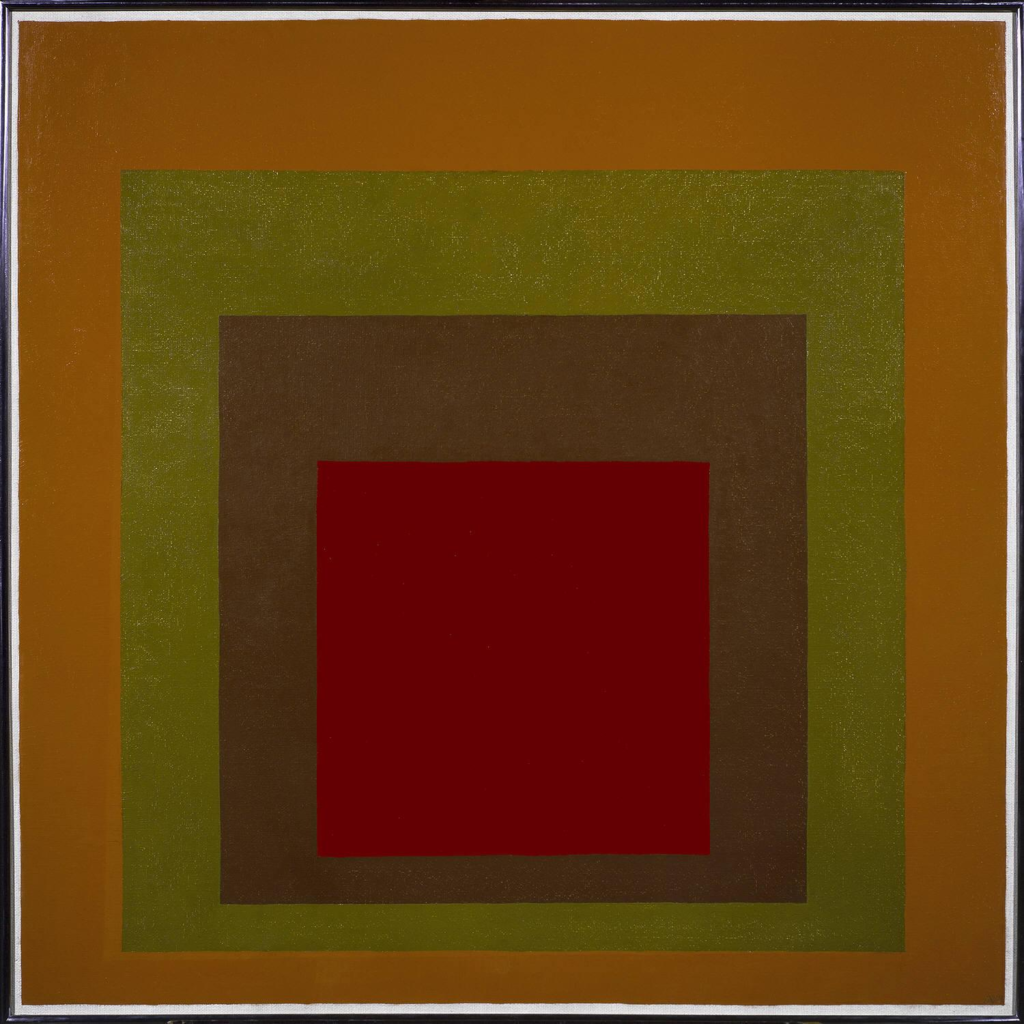
Texture, a captivating element of art, adds depth and dimension to your creations, transforming a flat surface into a tactile experience. Inspired by the mastery of Albrecht Durer, we explore the world of textures and their ability to engage the viewer’s senses. From smooth and polished surfaces to rough and gritty textures, discover the art of creating tactile illusions that invite the eye to explore and the hand to touch. Learn how to manipulate brushstrokes, use different materials, and employ various techniques to bring your artwork to life through the power of texture.

Form, the embodiment of three-dimensional existence, adds a sculptural quality to your artistic expressions. Inspired by the profound work of Jenny Saville, we delve into the realm of form, exploring the interplay between length, width, and depth in creating visually striking and dynamic compositions.
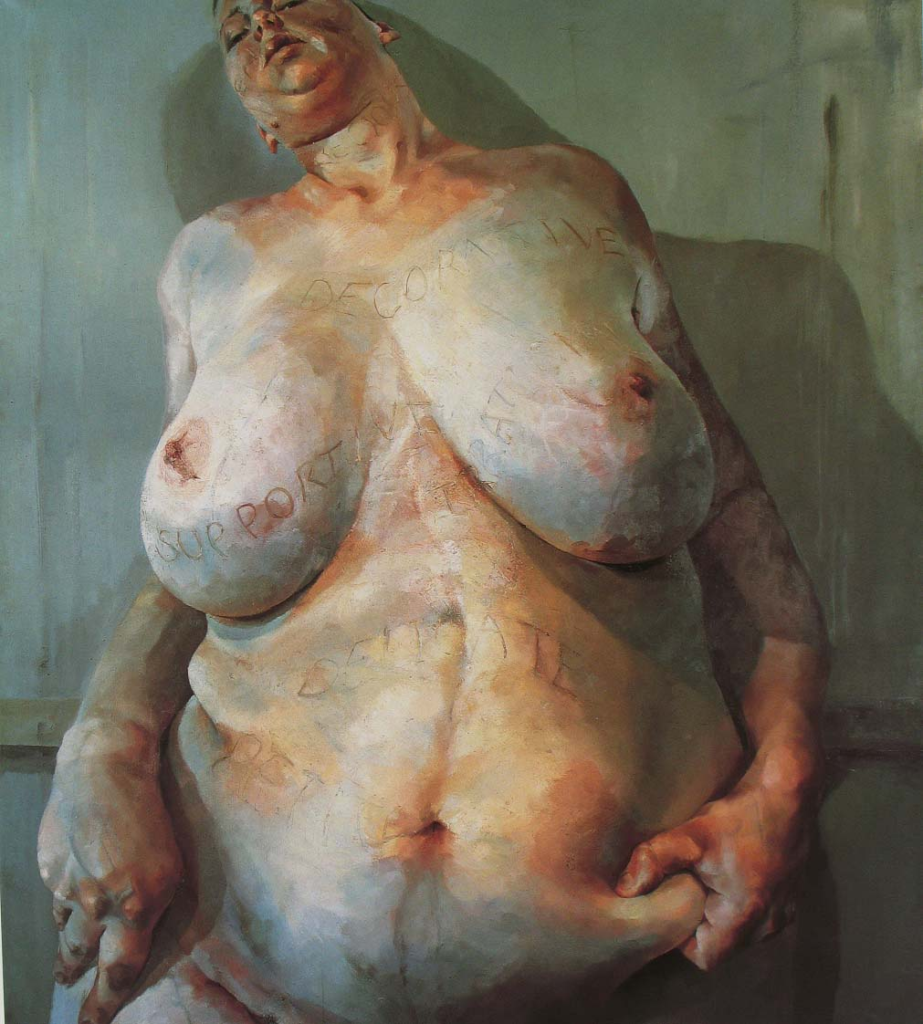
Value, the subtle interplay of light and shadow, holds the power to breathe life into your artistic creations. Drawing inspiration from the masterful techniques of Caravaggio, we embark on a journey to explore the transformative potential of value in your artwork. Delve into the art of shading as you learn to skillfully manipulate the contrast between light and dark to emphasize form and create a sense of depth and realism.

Space, a dynamic element in the realm of art, is the conduit through which objects interact and the atmosphere within which your artistic narrative unfolds. Drawing inspiration from the artistic genius of Richard Diebenkorn, we delve into the intriguing realm of spatial relationships.
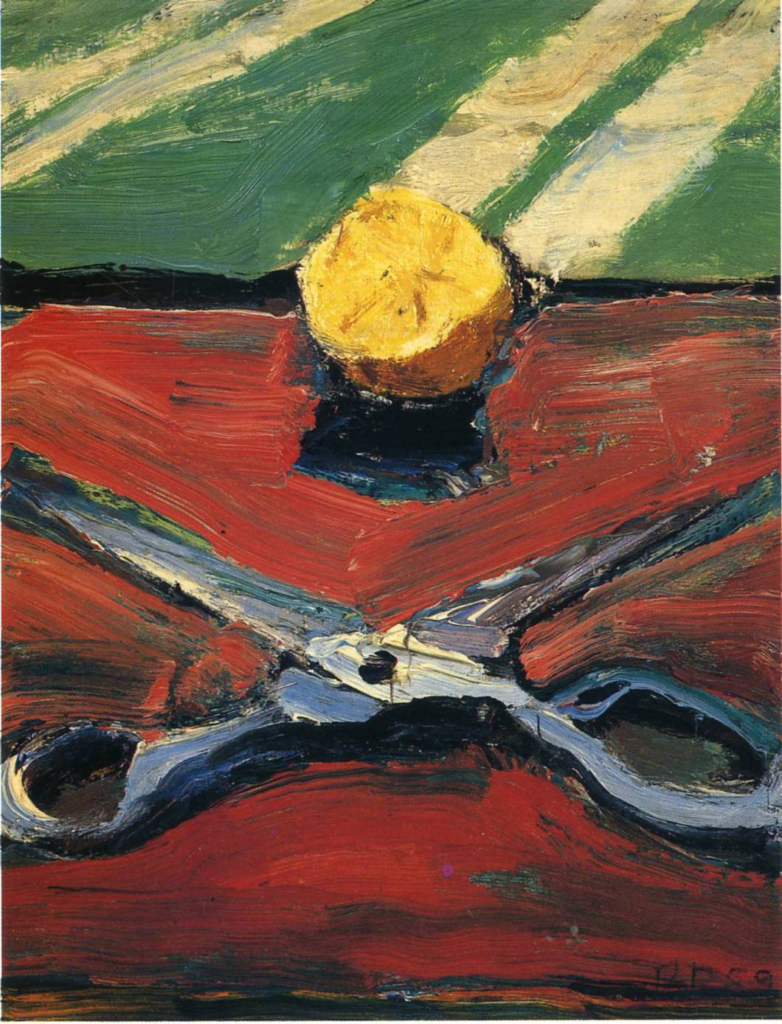
These elements form the foundation of artistic expression. Dive deeper into the Principles of Art: Movement, Unity, Harmony, Variety, Balance, Emphasis, Contrast, Proportion, and Pattern. Understand how these principles guide the organization of elements to create captivating compositions.
Movement captures actions and guides the viewer’s eye through an artwork. By skillfully employing the elements and principles of art, you can create a sense of motion and energy in your compositions. Experience the artistry of movement as you learn from the techniques of renowned artists like Degas. Discover how to evoke action and guide the viewer’s gaze, bringing your artwork to life with captivating fluidity.

Unity is the harmonious integration of elements and principles, resulting in a sense of wholeness and completeness in your artwork. By skillfully arranging and combining various elements and principles, you can create a cohesive and balanced composition that captivates the viewer. Delve into the techniques employed by anonymous Japanese print artists to achieve a profound sense of unity in their creations. Unlock the secrets of creating art that seamlessly blends together, creating a visually compelling and impactful masterpiece.

Harmony is the art of creating a sense of unity and cohesion within a body of work by skillfully employing similar elements and visual elements throughout. By seamlessly integrating these elements, you can achieve a harmonious and balanced composition that exudes simplicity and elegance.

Variety, also referred to as alternation, celebrates the presence of diverse forms and types within a design. It is the art of incorporating contrasting elements, emphasizing differences in size and color, and utilizing patterns and repetitions to add visual and conceptual interest. Inspired by the visionary Diego Rivera, explore the dynamic interplay of contrasts and harmonies that result in a rich tapestry of artistic expression.

Balance is the art of skillfully arranging elements to ensure that no single part overwhelms or feels heavier than the rest. Explore the three distinctive forms of balance: symmetrical, asymmetrical, and radial. Symmetrical balance presents a mirror-like arrangement where both halves of the artwork exhibit an exquisite harmony. Think of the human body as an embodiment of symmetrical balance. Asymmetrical balance captures the captivating interplay of unequal weights, creating a sense of dynamic tension and intrigue. Meanwhile, radial balance radiates from a central point, exuding a captivating sense of equilibrium. Behold the brilliance of balance in the artwork of Wayne Thiebaud, who expertly unveils the magic of symmetry, asymmetry, and radial balance.

Contrast is the art of juxtaposing conflicting elements, giving rise to captivating tension and vibrant energy. Explore the dynamic interplay of complementary colors, where hues from opposite ends of the spectrum collide and create striking visual impact. Delve into the realm of extreme light and dark values, where the play between shadows and highlights unleashes a dramatic effect. Contrast breathes life into artworks, commanding attention and guiding the eye to focal points of significance. Discover the mastery of contrast in the works of Raymond Pettibon, where conflicting elements converge to mesmerize the viewer.

Proportion serves as a measuring tool, dictating the relationships between elements within an artwork. Journey back to ancient times, where forms were magnified to convey significance, as seen in the monumental depictions of Egyptian deities and influential figures. Marvel at the precision and balance of the ancient Greeks, who meticulously captured the human form in their sculptures with an unwavering commitment to accurate proportions. As the Renaissance unfolded, artists delved deeper into the intricate connection between proportion and the illusion of three-dimensional space, unraveling the secrets of perspective and depth.

Patterns, like a carefully choreographed dance, weave together harmonious elements, colors, and lines, creating a visual symphony that delights the senses. Witness the power of a recurring motif, such as a vibrant red spiral strategically placed at the bottom left and top right, igniting a rhythmic interplay that beckons the viewer’s gaze to traverse the space between, engrossed in a dynamic visual dialogue. Experience the pulsating energy infused within artworks, as rhythm breathes life into stillness, evoking a sense of vitality and movement. Join the ranks of artistic visionaries like Duchamp, who harnessed the magic of pattern and rhythm to transcend the boundaries of static art and evoke an immersive sensory experience.
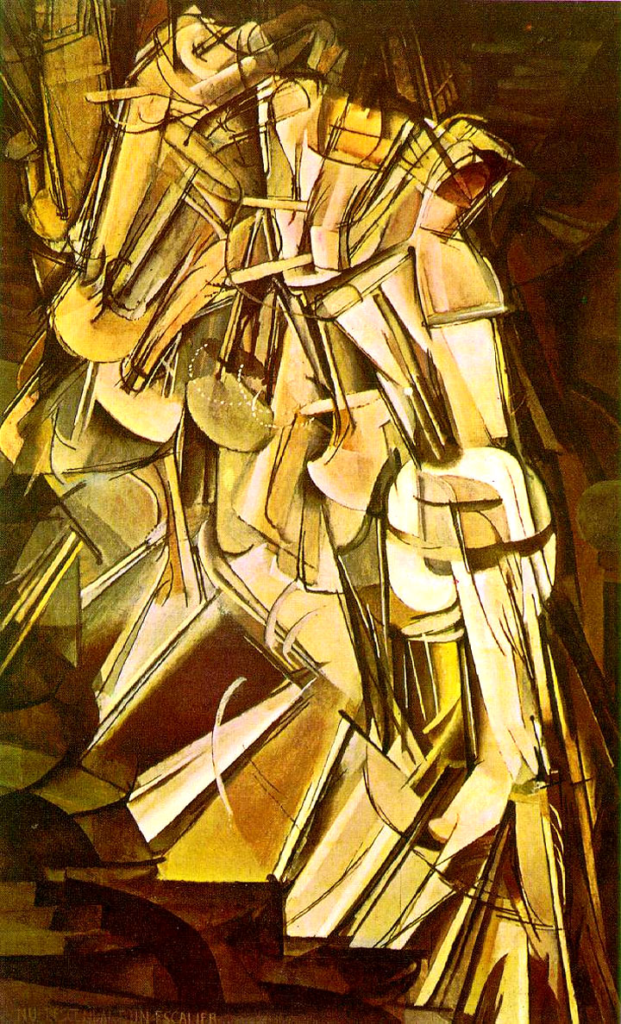
In this artistic endeavor, let us delve into the realm of creativity by translating the elements and principles of art into captivating thumbnail sketches. Set aside 30 minutes to 1 hour of your time for this engaging exercise. Begin by drawing 9 small boxes evenly spaced across your paper, providing a canvas for your artistic exploration. Within each box, utilize rectangles and squares to illustrate a distinct principle of design. Embrace the challenge of capturing the essence of each principle without the use of round edges, allowing your creativity to flourish within the confines of geometric forms. As you embark on this visual journey, ponder the best approach to convey the essence of each principle, gradually unraveling their profound meanings through your sketches. Immerse yourself in the practice of visual thinking, for it is through this hands-on exploration that the true essence of these principles will come to life. Seek inspiration from the example of a student’s drawing below, understanding that the true magic lies in the act of artistic creation itself.

Dedicate approximately 1 hour and 30 minutes to this immersive artistic experience. Begin by dividing your paper into multiple sections, ensuring a minimum of 5 rectangles. Within each small rectangle, unleash your imagination and sketch a unique composition featuring 4 or 5 different small objects. Explore the intriguing interplay of proportion and experiment with cropping the images to add visual interest. Pay careful attention to incorporating all four edges of your picture plane, utilizing the technique of cropping objects at the edge for a dynamic effect. As you delve deeper into the process, embrace the principles of art and witness how they can elevate your compositions to new heights of intrigue. Explore concepts such as balance, contrast, rhythm, and unity to infuse your sketches with captivating visual dynamics. Allow your artistic instincts to guide you, and observe how each principle can breathe life into your compositions, making them more compelling and engaging. Embrace the boundless possibilities of composition and let your sketches become a testament to your artistic vision.

If you’re passionate about exploring the world of art, we invite you to discover our exceptional painting and drawing courses available in Prague. Immerse yourself in a vibrant artistic community and unleash your creativity through our expertly crafted programs. Whether you’re a beginner or an experienced artist, our courses offer a rich and immersive learning experience that will elevate your skills to new heights. Join us in Prague and embark on a transformative artistic journey.

